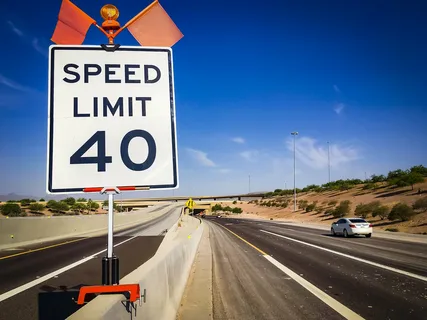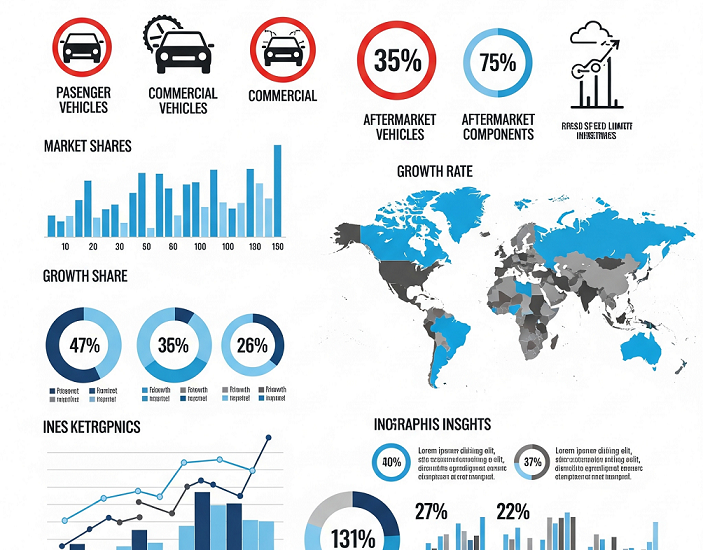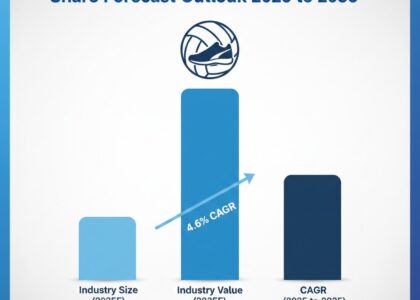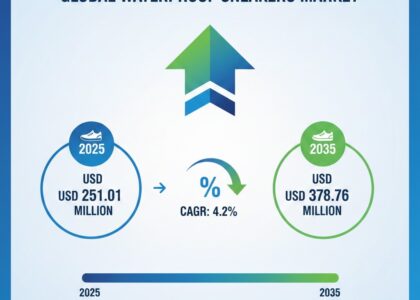We’ve engineered cars that can go 160 mph—then posted 65 mph signs. We’ve written endless reports about speed-related fatalities—then refused to mandate the one thing that could make them stop.
It’s not just policy paralysis. It’s willful negligence.
Road speed limiters, long used in commercial fleets and buses, are now at the center of a global conversation about how to reduce preventable deaths. These devices do exactly what they say: they cap how fast a vehicle can go. They’re simple, effective, and far more enforceable than any speed limit sign ever painted on asphalt.
And yet, they remain absent in most private vehicles. Why?
According to Future Market Insights, the road speed limiter market is expected to grow from USD 2.2 billion in 2025 to USD 5.4 billion by 2035, expanding at a 9.2% compound annual growth rate. That’s not just a strong market signal—it’s a red flag. One that shows just how far behind regulation is lagging while industry quietly moves forward.
Every day we delay, someone else dies. Not because we don’t have the tech—but because we lack the guts to use it.
Get Ahead with Our Report: Request Your Sample Now!
https://www.futuremarketinsights.com/reports/sample/rep-gb-13969
The U.S. Is Choosing Chaos Over Control
In other parts of the world, things are changing. Countries are tightening speed regulations. Some are mandating limiters on freight vehicles. Many cities are exploring digital enforcement tools. But in the U.S., the political conversation hasn’t moved an inch.
We talk about “Vision Zero” and lowering traffic deaths. Then we sell cars that can outrun ambulances.
There’s no justifiable reason for a civilian car to exceed 100 mph—ever. Not on public roads. Not near schools. Not in residential zones. So why do we keep building them to do just that?

Speeding Isn’t a Driver Error—It’s a Design Failure
Let’s stop blaming individual drivers for a problem baked into the vehicles themselves. If your product allows and encourages speeding, you’re not neutral. You’re complicit.
According to FMI, speed limiters are gaining adoption in logistics, transit, mining, and construction—industries where efficiency, liability, and worker safety matter more than horsepower bragging rights. It’s telling. Commercial operators have every reason to reduce risks. So why don’t regulators feel the same urgency when it comes to the general public?
The answer is painfully clear: performance still sells better than protection.
Exhaustive Market Report: A Complete Study
https://www.futuremarketinsights.com/reports/road-speed-limiter-market
The Real Tragedy? This Is Easy to Fix
Unlike other road safety interventions—new infrastructure, mass behavior change, or enforcement crackdowns—this one’s plug-and-play. Speed limiters are cheap to install, effective immediately, and require no action from the driver. Once set, they work. Quietly. Constantly.
Yet instead of mandating them, we rely on enforcement that’s patchy at best and laughable at worst. Meanwhile, speed continues to be the deadliest factor in fatal crashes.
Time’s Up for Excuses
The auto industry will argue this infringes on freedom. But freedom doesn’t include the right to drive a two-ton vehicle at lethal speeds through populated areas. That’s not liberty. That’s liability.
Lawmakers have the authority. Automakers have the technology. And consumers? They deserve protection—even from their own worst impulses.






